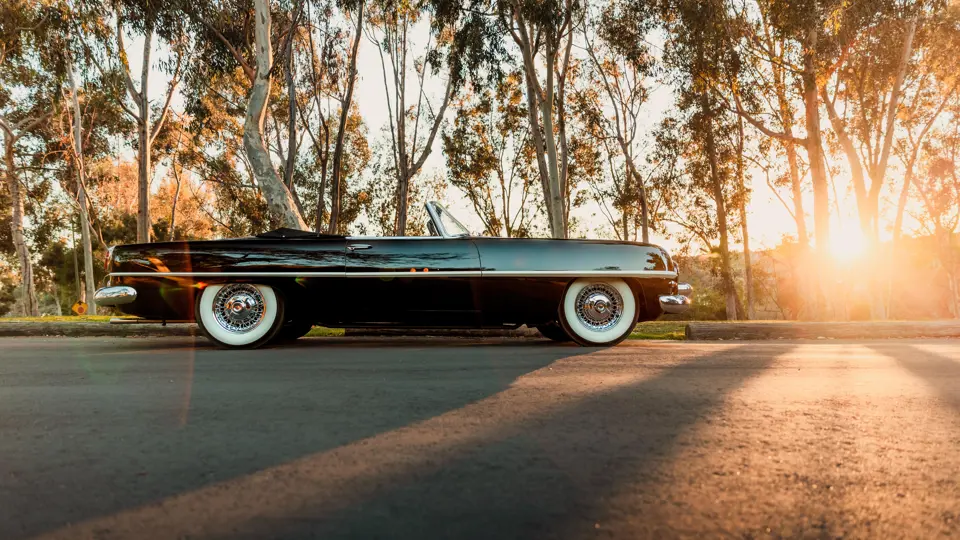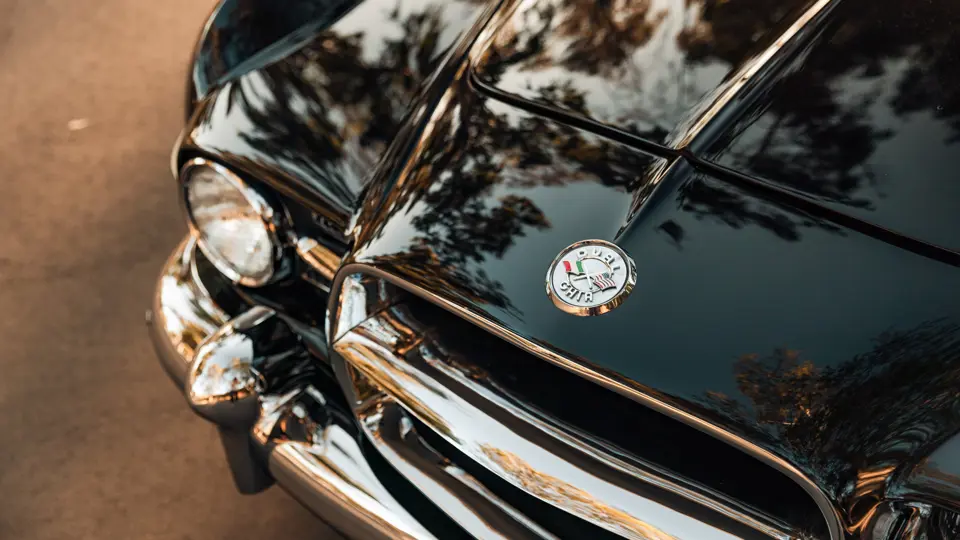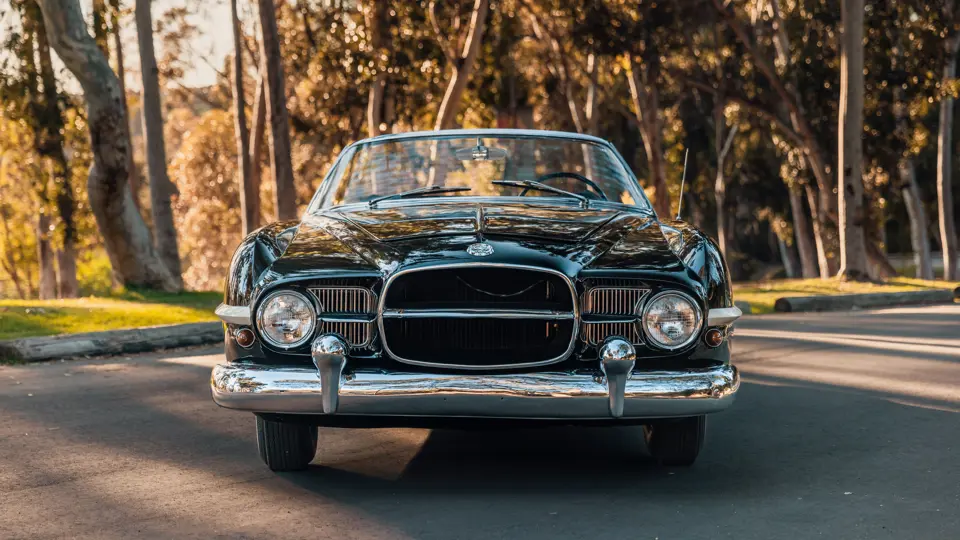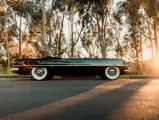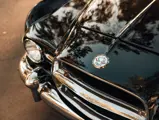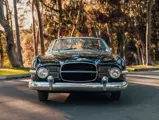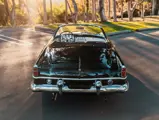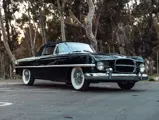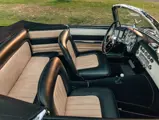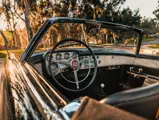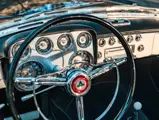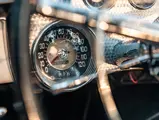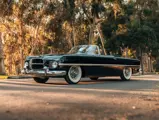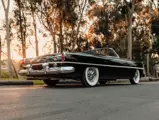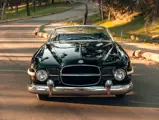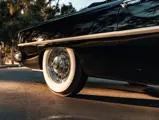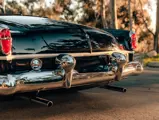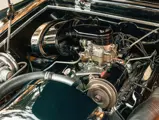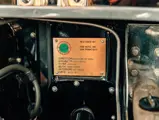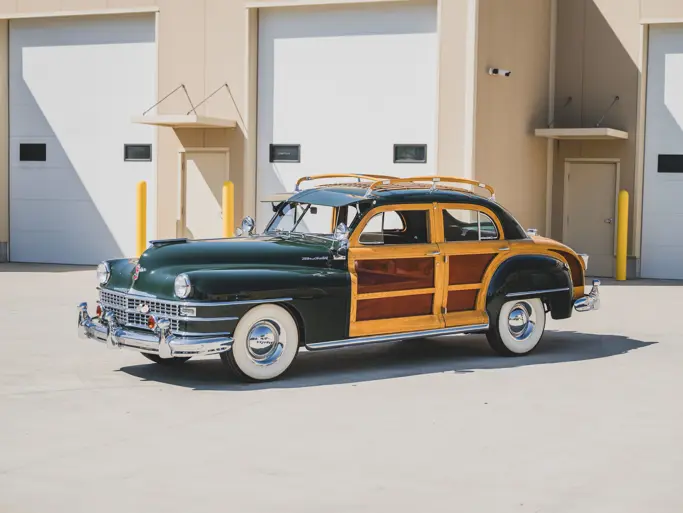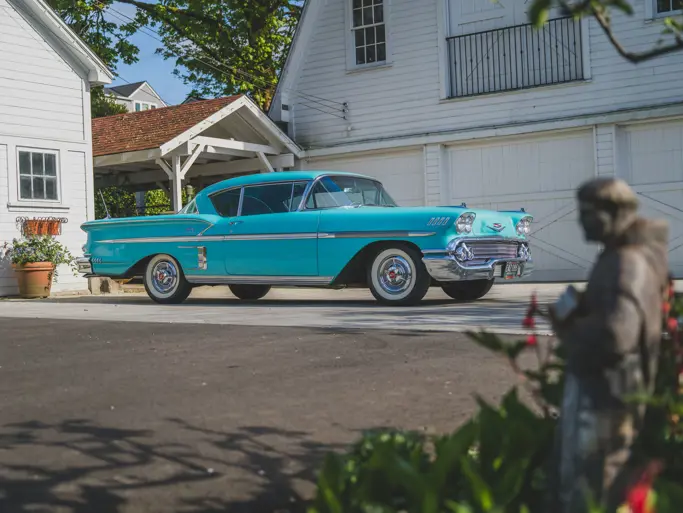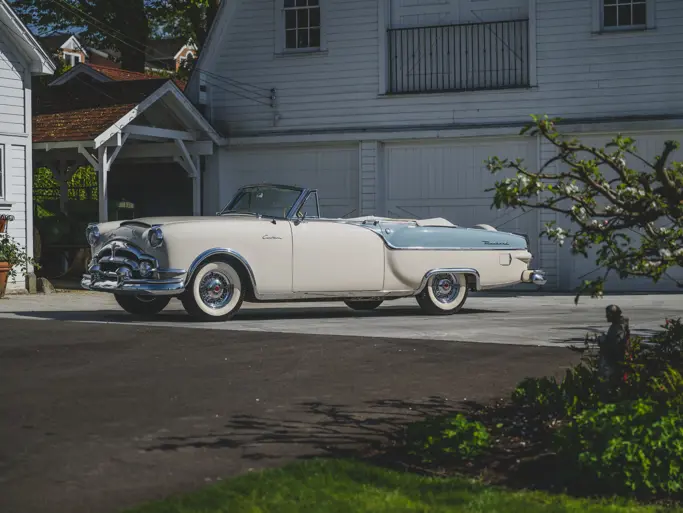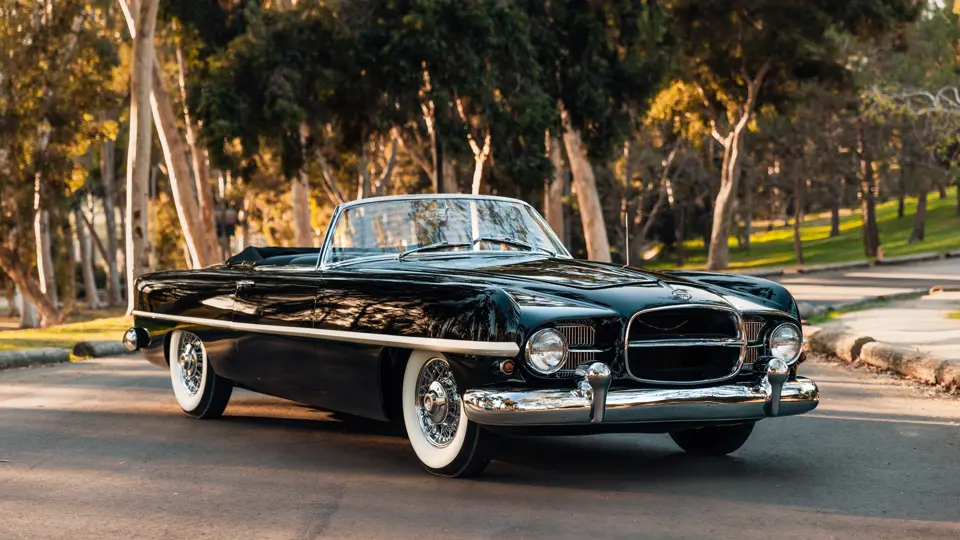
1955 Dodge Firebomb by Ghia
{{lr.item.text}}
$900,000 - $1,100,000 USD | Not Sold
{{bidding.lot.reserveStatusFormatted}}
- Direct descendant of the acclaimed Dodge Firearrow concepts; immediate predecessor to the ultra-exclusive Dual-Ghia
- Among the most compelling convertible designs of the Jet Age
- A fully functional pre-production prototype with a Dodge chassis and Hemi V-8 power
- Beautiful hand-formed bodywork by Carrozzeria Ghia of Italy, with notable differences compared to production Dual-Ghias
- A unique opportunity to acquire a truly gorgeous midcentury dream car
The 1955 Dodge Firebomb is unique among midcentury dream cars, and not merely because of its hand-crafted bodywork: It is the direct successor to the popular Dodge Firearrows, which would have never progressed beyond the concept stage but for the vision of Detroit entrepreneur Eugene Casaroll. A fully functional preproduction prototype, the Firebomb presaged the exclusive Dual-Ghia, chosen ride of the era’s movie stars, musicians, and celebrities—a second life befitting this effortlessly glamorous design.
THE FANTASTIC FIREARROWS
With unbroken side flanks notably bereft of well-defined rear fender haunches, the first Dodge Firearrow was a clear departure from the previous cars Ghia had created for Chrysler brands; unlike the prior creations, the Firearrow’s styling had come from within Ghia, rather than Virgil Exner’s pencil in Detroit. When the bright red Firearrow debuted in 1953, it was an instant hit, and a limited production run was rumored.
Although the first Firearrow was a static full-size model with no engine, each of the three Firearrows to follow—Firearrow II, a convertible, Firearrow III, a coupe, and Firearrow IV, another convertible—were operational, and each brought the idea of a production-ready vehicle into clearer focus. Ultimately, the costs associated with shipping chassis to Italy for the fitment of hand-formed bodywork sealed the project’s fate. Chrysler decided against production, denying the automaker what would have been a compelling (though undoubtedly much pricier) competitor to vehicles like the yet-to-be-revealed Ford Thunderbird.
This is where the road typically ended for show cars; many were sent to the crusher when their time in the spotlight was over, while others were tucked away in corporate garages as styling trends sped forward.
GENE CASAROLL STEPS UP
The notion of a stylish convertible blending Italian design with American horsepower, however, was simply too good to abandon. Eugene “Gene” Casaroll, owner of a Detroit-based new car-shipping company, proprietor of specialty vehicle manufacturer Dual-Motors, and an Indianapolis 500 car sponsor, acquired the rights to the Firearrow IV design. Working with Ghia, he further refined its styling to create the Firebomb; its sleek coachwork was draped over a 115-inch chassis with a 270-horsepower Hemi V-8 providing ample motivation. Production-ready details, such as conventional bumpers and a change from quad to dual headlamps, did little to diminish the Firearrow IV’s impact.
This dazzling new car was ultimately unveiled at the 1955 Geneva Motor Show, with its United States debut taking place on 28 June at the ritzy Grosse Pointe Yacht Club north of Detroit, Michigan. The Firebomb name, certainly the product of a more innocent time, hinted at the car’s connection to the Firearrow series while establishing it as a distinct offering.
Response was positive, and the Dual-Ghia—as the model would come to be known—entered limited production with few changes, the most notable being the addition of tailfins. Given the transcontinental nature of the car’s assembly process, pricing was, predictably, sky-high; it is believed that just 117 were produced between 1956 and 1958. Frank Sinatra and several Rat Pack associates, entertainer Desi Arnaz, and reportedly even Richard Nixon counted themselves among the Dual-Ghia’s jet-setting owners.
FROM THE JET AGE TO THE PRESENT DAY
Fewer than three dozen Dual-Ghias are known to exist today. Given this attrition rate, it is all the more remarkable that the solitary Firebomb survived to the present intact. As a tag on the firewall indicates, the Firebomb benefitted from a complete overhaul completed in August 1992 by Kob Auto of San Francisco; though well-maintained, it is an older restoration, and the car will require servicing prior to on-road enjoyment.
Today, the Firebomb’s deep black sides are divided by a raised cream character line that wraps around the car’s tail. This color scheme carries over to the two-tone interior, with an engine-turned instrument cluster giving the cockpit a touch of sporty flair. Aside from the presence of a later-style Dual-Ghia badge on the hood and the deletion of the “Firebomb” scripts and Ghia badges on its flanks—alternations quite possibly made following its debut but ahead of the production Dual-Ghia convertibles—the car looks today much as it did when Casaroll proudly exhibited it to international audiences.
Offered now out of long-term private ownership, this spectacular 1955 Firebomb represents something even more exclusive than the coveted Dual-Ghias that it would inspire. A bold prototype with timeless lines realized by one of Italy’s preeminent carrozzerias and a significant piece of Exner-era Mopar history, it would make for a worthy centerpiece for any serious collection of midcentury concepts or important Jet Age automobiles.




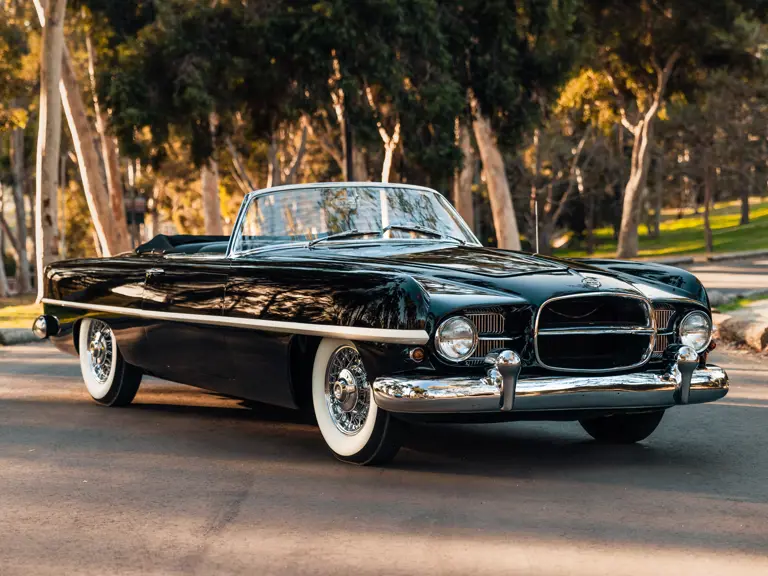
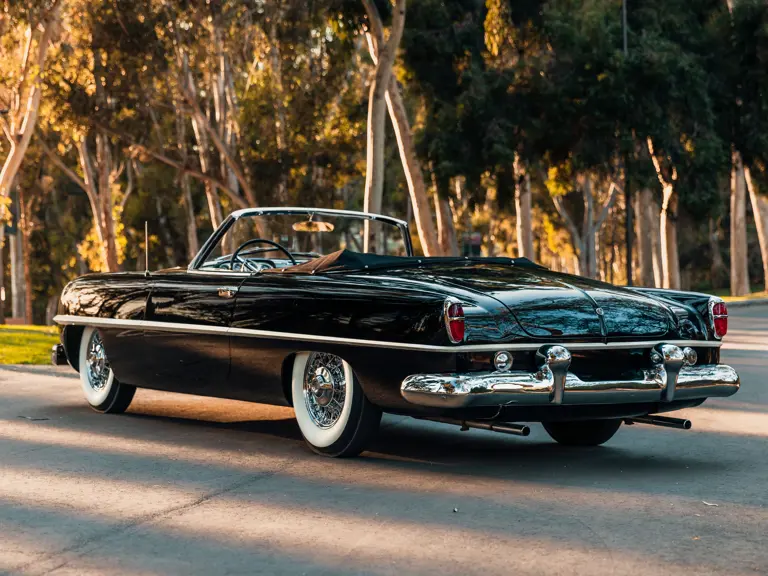
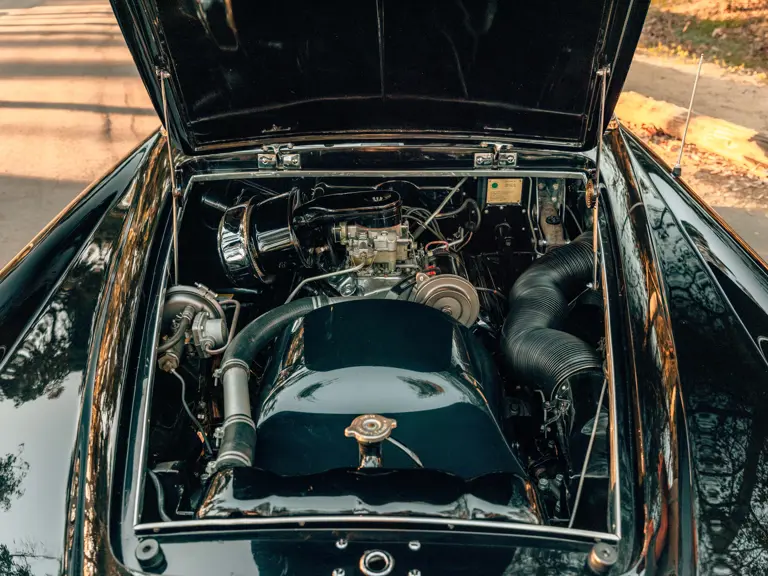
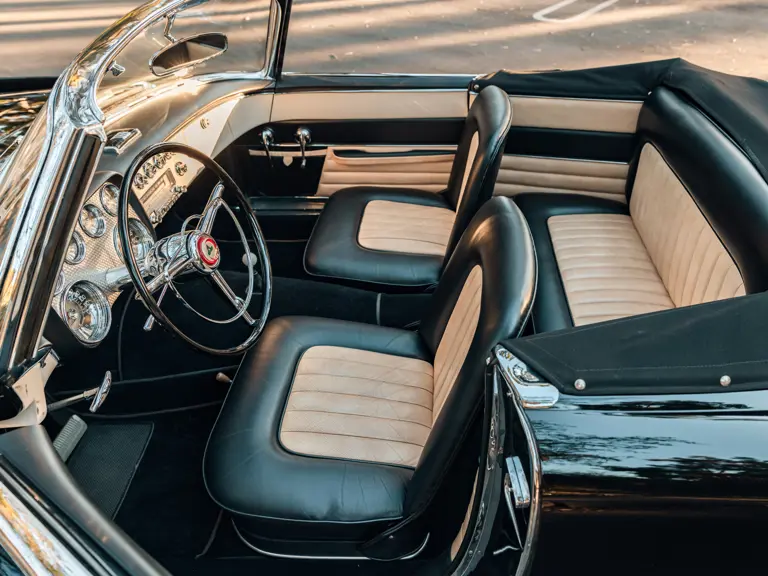
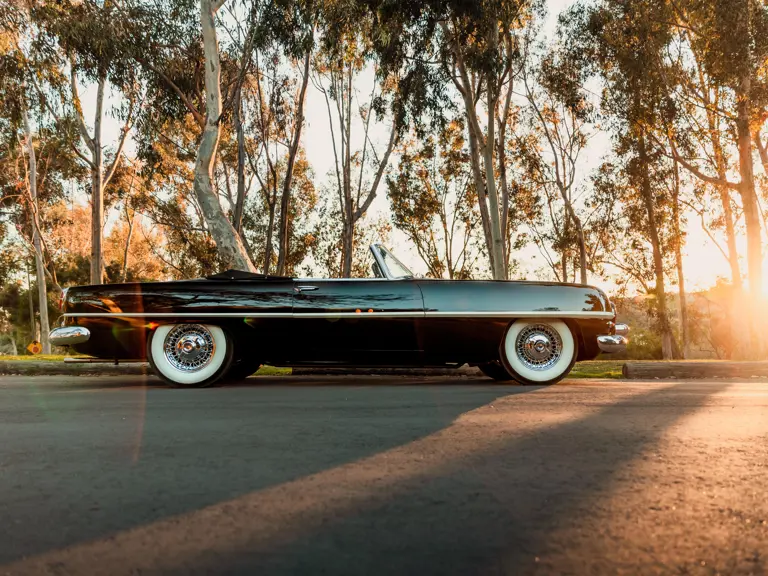
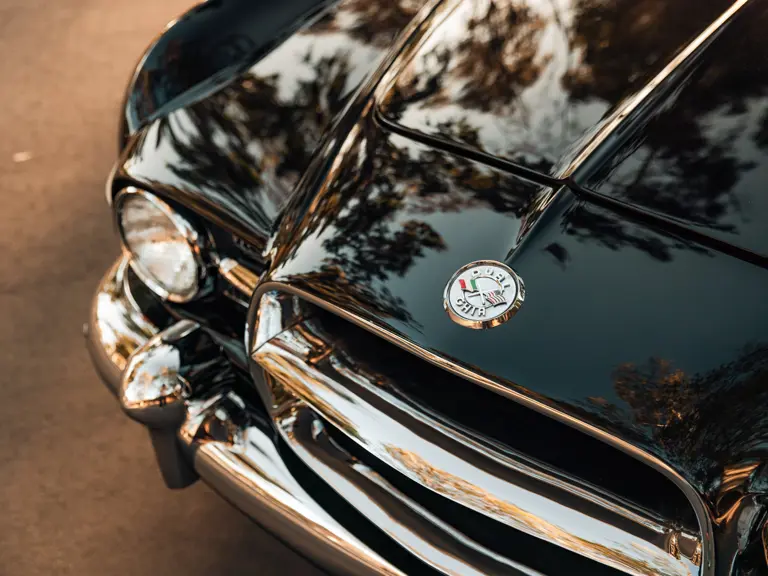
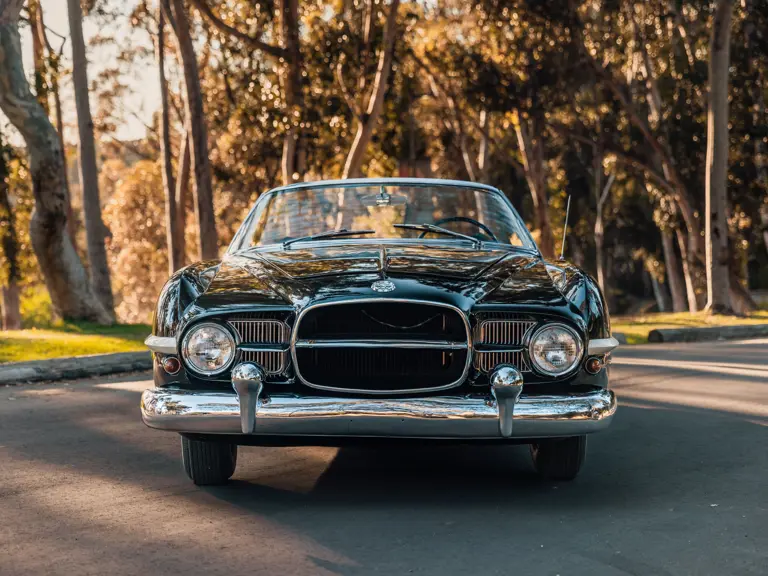
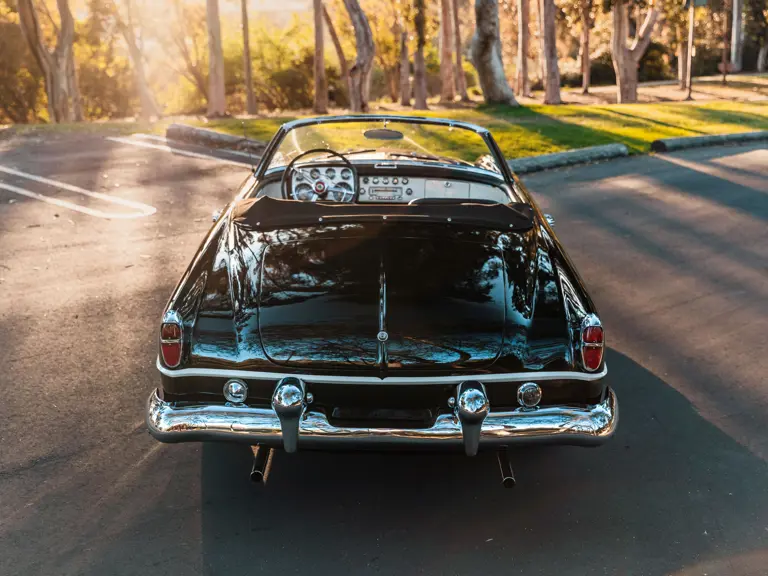
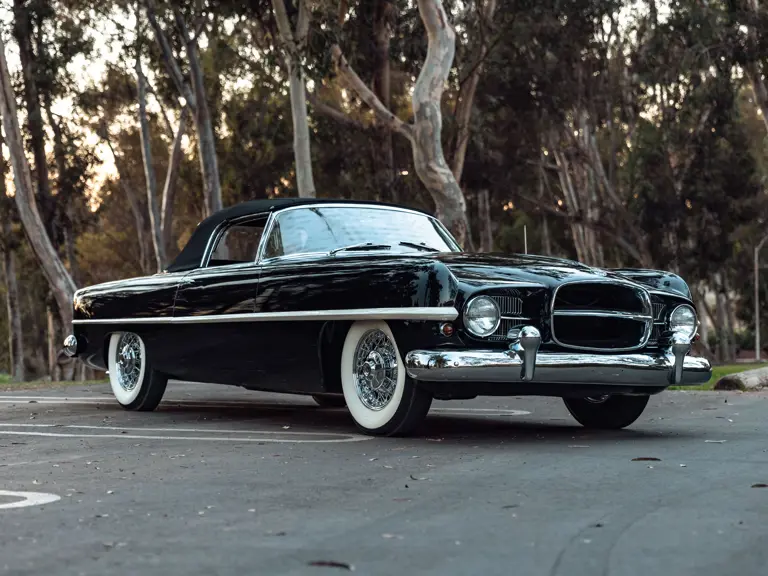

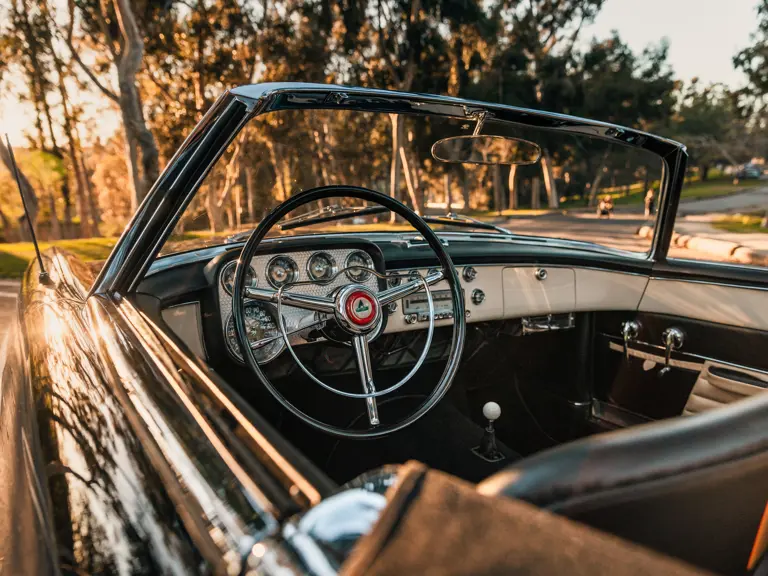
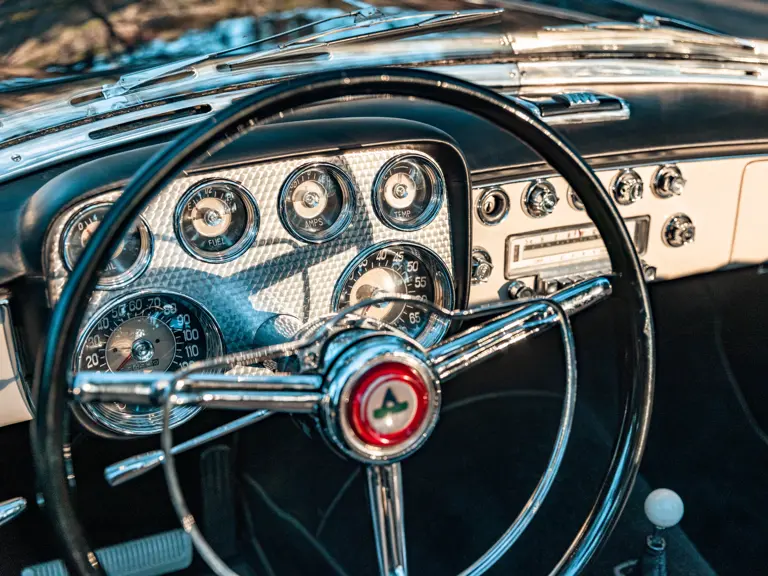
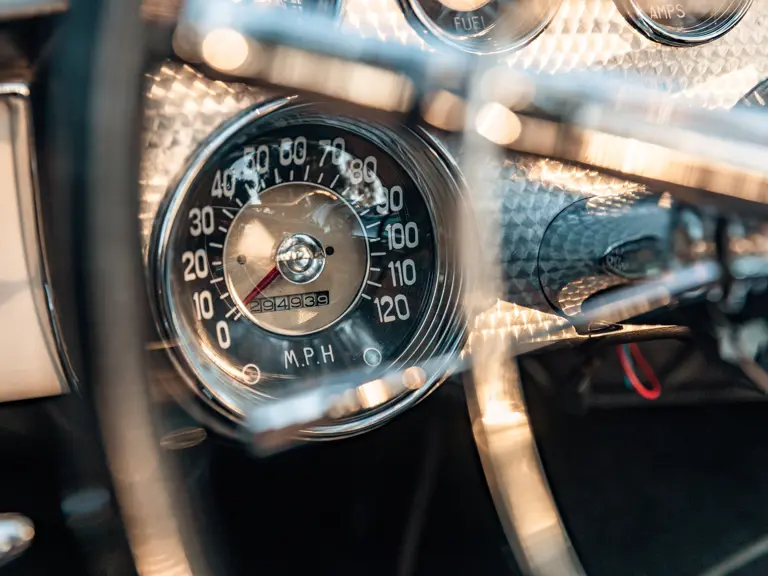
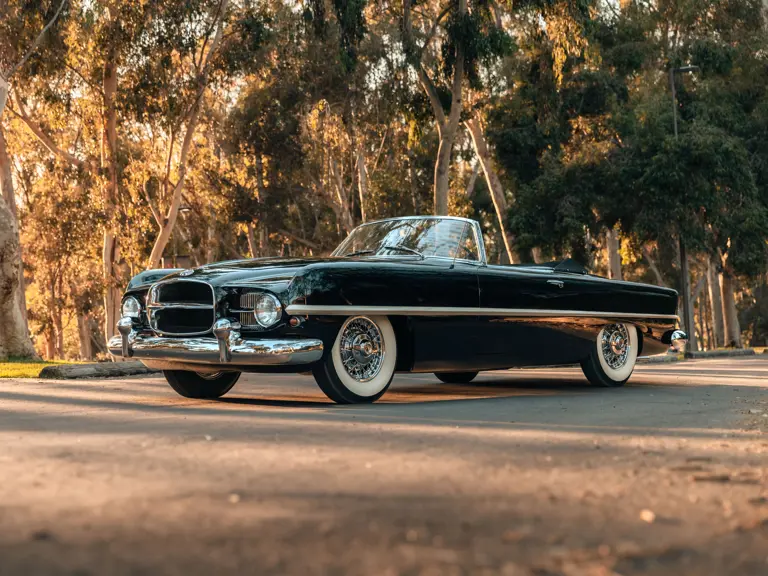
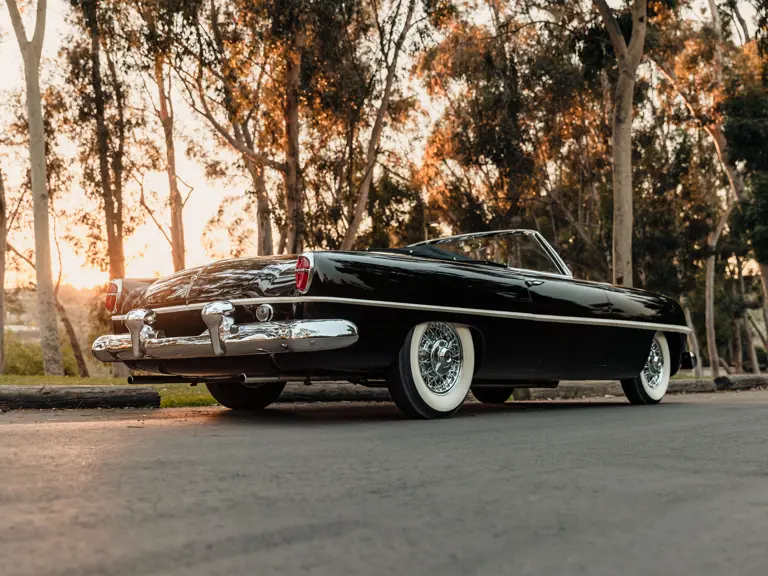
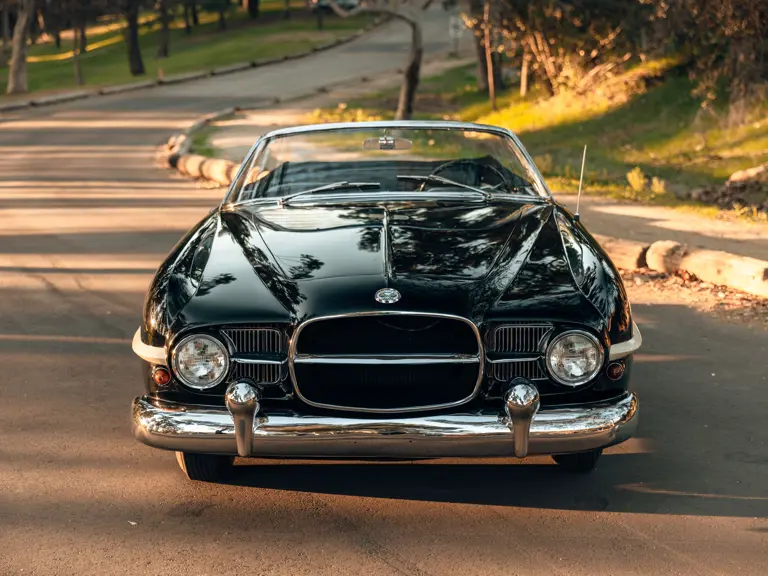
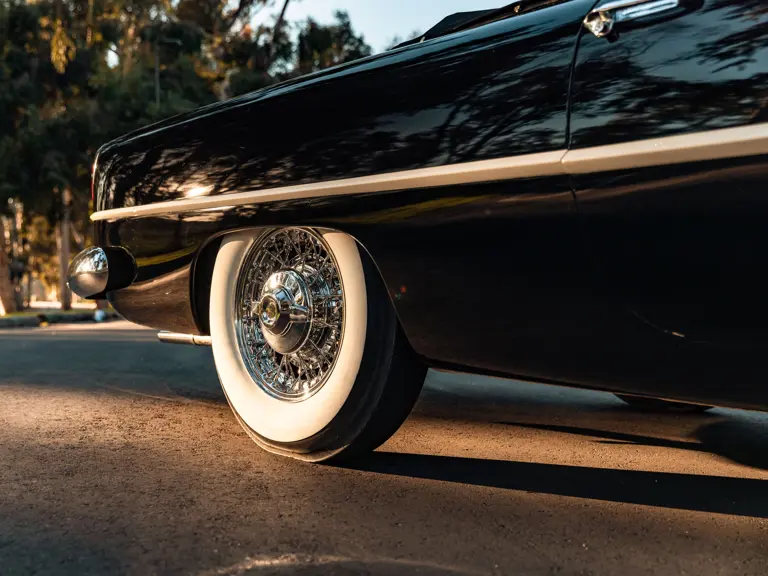
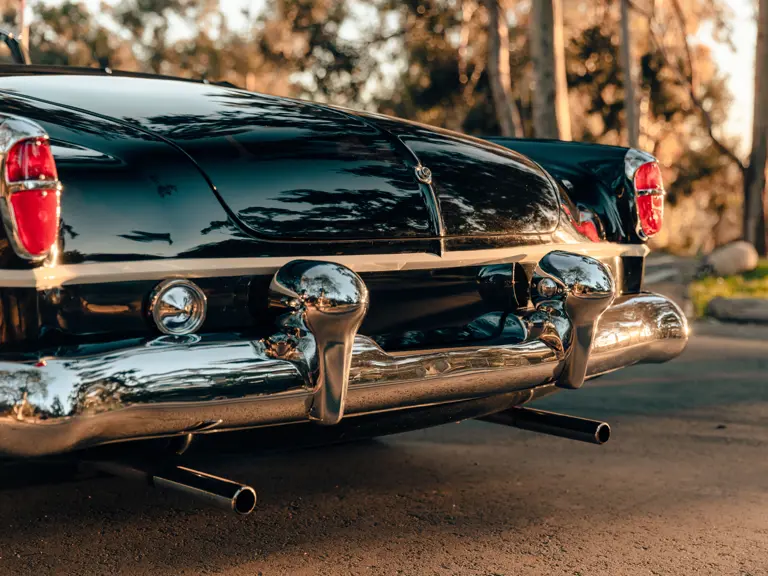

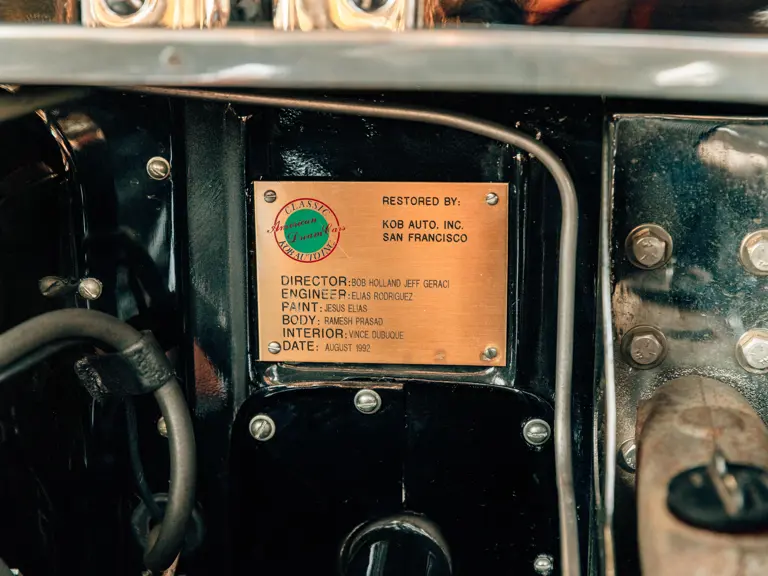
 | Amelia Island, Florida
| Amelia Island, Florida
